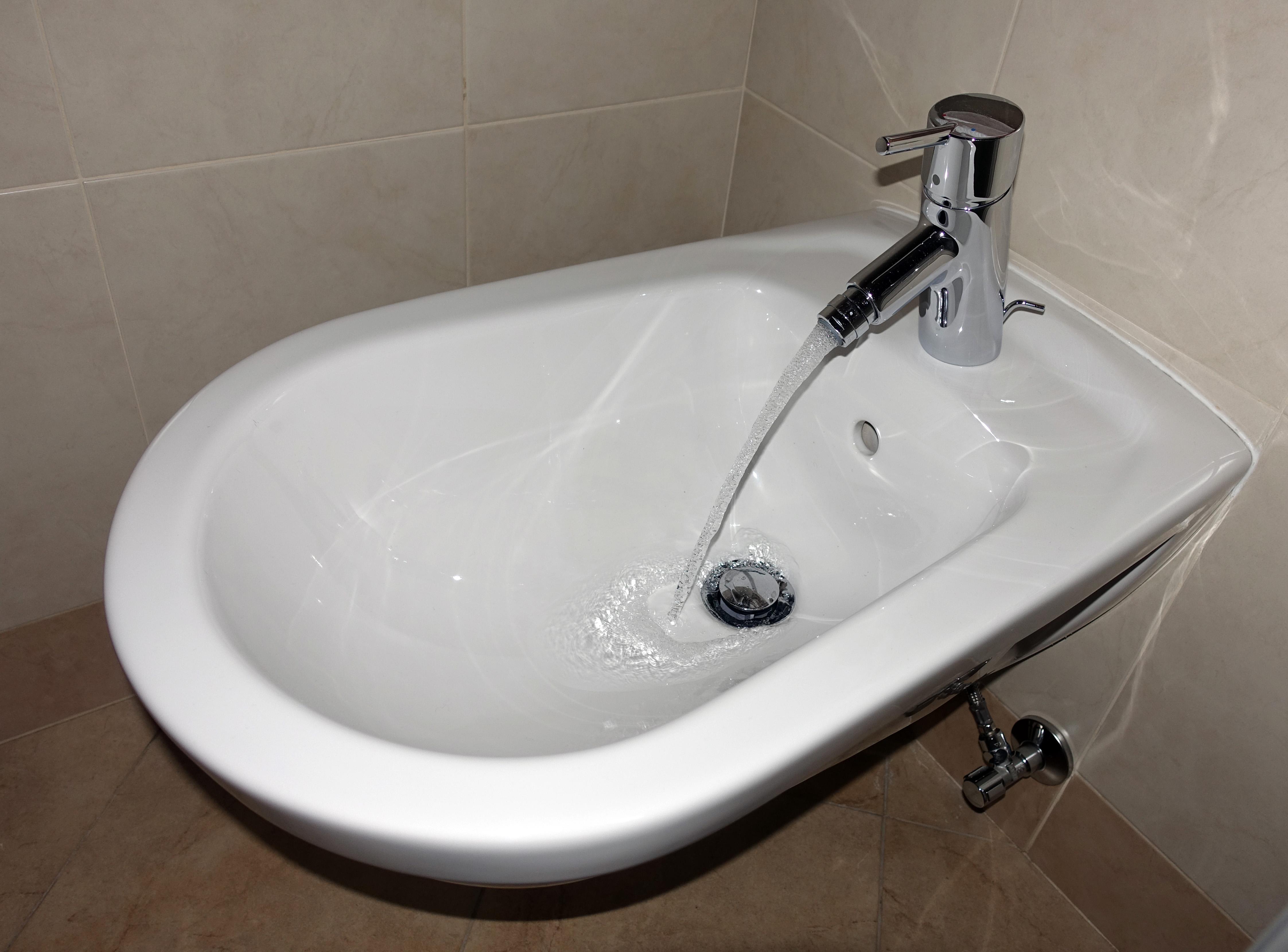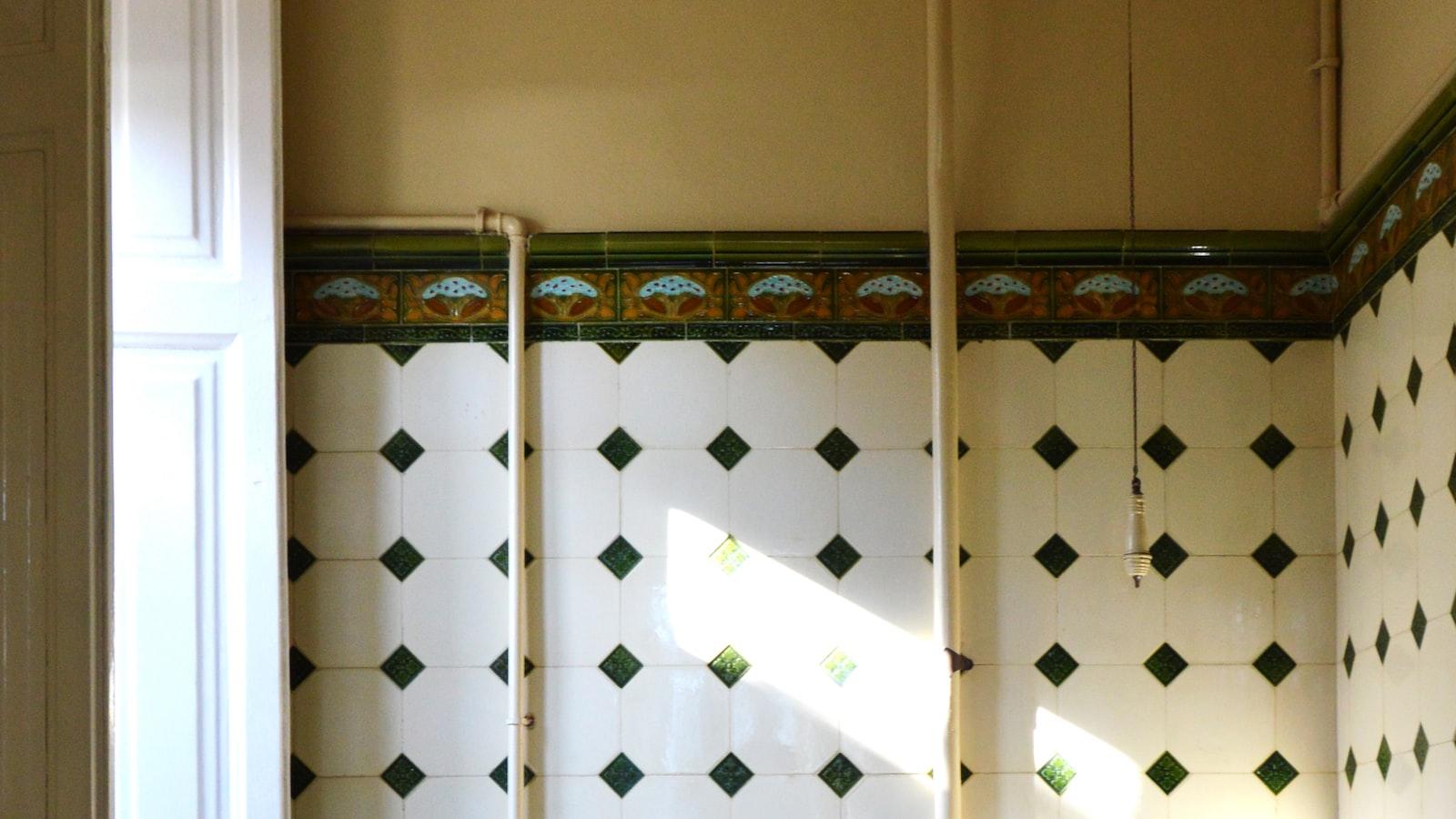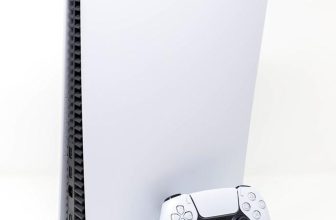
Originally posted 2024-01-13 03:16:25.
Bidets are a popular addition to bathrooms in many parts of the world, yet for the uninitiated, they can be quite mysterious. If you’ve ever wondered how to use a bidet or what its purpose is, look no further. In this article, we will delve into the world of bidets, providing you with a step-by-step guide on how to use them effectively. Whether you’re a first-time user or simply looking to expand your knowledge, this informative piece will equip you with the necessary understanding to confidently utilize a bidet, leaving you feeling clean and refreshed.
How to Use a Bidet: A Comprehensive Guide
Positioning Yourself Correctly
When using a bidet, it’s important to position yourself correctly to ensure effective cleaning. Begin by straddling the bidet, facing the faucet handles. This will allow easy access to control the water flow and temperature. Make sure both feet are planted firmly on the floor to maintain balance throughout the process.
Adjusting the Water Controls
Most bidets have two water controls: one for temperature and the other for pressure. Before using the bidet, adjust these controls to your preference. You may want to start with a low pressure and gradually increase it as needed. As for the temperature, adjust it to a comfortable level, avoiding extremes that might shock you or cause discomfort.
Cleansing with Water
Once you are positioned correctly and have adjusted the water controls, it’s time to begin cleansing with water. Turn on the water flow using the faucet handles and allow the water to run until it reaches a comfortable temperature. Ensure the water is aimed towards the area you wish to cleanse, using your hand to guide it if necessary.
For effective cleaning, move your body gently while controlling the water pressure. This will help ensure thorough cleansing without excessive splashing. Pay special attention to the anal area, as this is the primary purpose of using a bidet.
Drying Off
After cleansing with water, it’s important to dry off properly. While bidets typically have a built-in drying function, you can also use a towel or toilet paper. Pat your skin gently to avoid irritation and ensure complete dryness.
Additional Tips for Comfort
Using a bidet should be a comfortable and pleasant experience. Here are a few additional tips to enhance your comfort:
- Experiment with different water pressures and temperatures to find what works best for you.
- Consider using mild, unscented soap to cleanse before using the bidet for an extra fresh feeling.
- Always follow the manufacturer’s instructions for maintaining and cleaning your bidet to ensure its longevity.
- If you’re trying a bidet for the first time, don’t be afraid to take it slow and get accustomed to the sensation.

Understanding the Functionality of a Bidet
A bidet is a personal hygiene fixture that is designed to cleanse the genital and anal areas after using the toilet. It can be found in many bathrooms around the world, especially in Europe, Asia, and the Middle East. Understanding how to use a bidet properly can greatly enhance personal hygiene and provide a more comfortable and refreshing experience.
Step 1: Position yourself correctly
Before using a bidet, make sure you are facing the right direction. Typically, bidets are positioned with the controls at the side or rear. Sit down facing the controls or faucet, whichever is applicable, and position yourself comfortably over the bidet.
Step 2: Activate the water flow
Once you are in position, locate the control lever or button that activates the water flow. This may be a knob, lever, or even a touch-sensitive panel. Gently turn or press the control to start the water flow.
Step 3: Adjust the water temperature and pressure
Many bidets provide options to adjust the water temperature and pressure. This allows you to find a setting that is comfortable for you. Gradually increase or decrease the pressure and temperature using the provided controls until you find the desired level.
Step 4: Cleanse and rinse
To cleanse, use your hand or a small amount of toilet paper to pat the genital and anal areas. Once you feel sufficiently clean, allow the water to spray onto the area for a thorough rinse. Use your hand to assist with the cleansing process if necessary.
Step 5: Dry off and clean up
After rinsing, use a towel or toilet paper to dry off the genital and anal areas. Make sure to pat gently to avoid any discomfort. Dispose of the used paper in a bin and wash your hands thoroughly.

Proper Posterior Cleansing Techniques with a Bidet
Using a bidet may seem foreign to some, but it is actually a quite effective and hygienic way to cleanse your posterior after using the toilet. Proper technique is key to getting the most out of a bidet and ensuring optimal cleanliness. In this post, we will walk you through the steps to using a bidet and some additional tips for a thorough clean.
Step 1: Position yourself correctly
When approaching a bidet, sit facing the basin with your back against the wall. This ensures you have proper reach and control over the water flow. If your bidet has a built-in seat, simply sit down and adjust your position as needed.
Step 2: Adjust the water temperature and pressure
Most bidets come with adjustable water temperature and pressure settings. Choose a comfortable water temperature and adjust the pressure to your liking. Higher pressure may provide a more thorough cleanse, but be cautious not to go too high, as it may cause discomfort.
Step 3: Begin cleaning
Use your hand to guide the water flow to the desired area. Make sure to focus on the posterior region, ensuring a thorough cleanse. Control the water flow to cover all areas in need of cleaning. Don’t rush through this step, take your time and make sure you feel clean and fresh.
Step 4: Additional cleansing options
Some bidets come with additional features like a built-in nozzle or a pulsating water spray. These options can provide a more targeted and thorough cleaning experience. Experiment with different settings and find what works best for you.
Step 5: Drying off
After you have completed the cleansing process, pat dry with toilet paper or use a clean towel. Alternatively, some bidets have a built-in air dryer option, which eliminates the need for using additional paper products. If using toilet paper, make sure to gently pat dry to avoid any irritation.
Remember, using a bidet is a personal preference and not everyone has access to one. If you are new to bidets, give yourself some time to get accustomed to the process. It may take a few tries to find the settings and techniques that work best for you. With proper technique and a bidet that suits your needs, you can experience a cleaner and more refreshing bathroom routine. So why not give it a try? Your posterior will thank you!

Choosing the Right Water Pressure and Temperature for Maximum Comfort
Bidets are becoming increasingly popular in households around the world. They offer a hygienic and comfortable way to clean yourself after using the toilet. However, using a bidet for the first time can be a bit overwhelming. One of the key factors to consider when using a bidet is . In this post section, we will guide you on how to adjust these settings to suit your preferences.
Water Pressure
The water pressure of a bidet can greatly impact your comfort during use. It is important to find the right balance between a gentle spray and a strong enough pressure to effectively clean yourself. Most bidets come with adjustable pressure settings, allowing you to find the perfect intensity that suits your needs. Start with the lowest setting and gradually increase the pressure until you feel comfortable. Remember, everyone’s preference may vary, so take your time to find what works best for you.
Water Temperature
The temperature of the water used by a bidet can also make a significant difference in your comfort level. Some bidets only offer cold water, while others have the option to adjust the temperature. If you prefer warm water, look for bidet models that have a built-in water heater or allow you to connect to a warm water source. It’s important to note that warm water can help relax your muscles and provide a more soothing experience. However, if you enjoy the refreshing feeling of cold water, then a bidet with only cold water may be sufficient for you.
Personal Preferences
Everyone has different preferences when it comes to the water pressure and temperature of their bidet. Some people may prefer a stronger water stream for a thorough clean, while others may prefer a gentler pressure. Similarly, some individuals may find warm water more comfortable, while others may prefer the invigorating sensation of cold water. The key is to experiment with different settings and find what feels best for you. Don’t be afraid to make adjustments until you achieve the desired comfort level.
Maintenance and Safety
In addition to comfort, it is important to ensure the safety and proper maintenance of your bidet. When adjusting the water pressure and temperature, always follow the manufacturer’s guidelines to avoid any damage or malfunction. Regularly clean and disinfect your bidet to maintain hygiene. If you are unsure about any aspect of using or maintaining your bidet, consult the instruction manual or seek professional assistance.

Hygiene Etiquette: Additional Tips for Utilizing a Bidet Effectively
Additional Tips for Utilizing a Bidet Effectively
While bidets are becoming increasingly popular as an effective and environmentally friendly alternative to toilet paper, it’s important to know how to use them correctly for maximum hygiene benefits. Here are some additional tips to help you utilize a bidet effectively:
1. Adjust the Water Pressure
Most bidets offer adjustable water pressure settings. Experiment with different levels to find what is comfortable for you. If the pressure is too high, it can be uncomfortable, while low pressure may not effectively clean. The ideal pressure should provide a gentle yet thorough cleansing experience.
2. Position Yourself Correctly
Sit on the bidet facing the control panel or the faucet. Proper positioning is crucial for getting the best results. Make sure your bottom is positioned over the nozzle or spray area. This will ensure that the water reaches the intended area and helps maintain personal hygiene.
3. Practice Proper Cleansing Technique
When turning on the bidet, start with a gentle water flow and gradually adjust it as needed. Use your hand or a small amount of toilet paper to guide the water to the desired areas. Tilt your pelvis slightly forward to allow optimal access for cleansing. Remember to be thorough but gentle to avoid any discomfort.
4. Dry Thoroughly
After using the bidet, it’s essential to dry yourself properly. You can use a towel or toilet paper to gently pat yourself dry. Avoid wiping vigorously, as it may cause irritation. Alternatively, some bidets have integrated warm air dryers, which can effectively dry your bottom area without the need for additional materials.
5. Maintain Regular Cleaning and Maintenance
Keep your bidet clean by wiping the surface regularly and disinfecting it as needed. Also, pay attention to nozzles or spray heads that can accumulate mineral deposits. Follow the manufacturer’s instructions for cleaning and maintenance to ensure the bidet remains hygienic and functional.
Q&A
Q: What is a bidet?
A: A bidet is a bathroom fixture designed for personal hygiene purposes. It is used to clean the genital and anal areas after using the toilet.
Q: How does a bidet work?
A: Most bidets feature a basin or bowl-like structure, usually equipped with a faucet or a spout, that sprays water to cleanse the desired areas. The water can be adjusted in terms of temperature and pressure according to personal preferences.
Q: Is using a bidet more hygienic than using toilet paper?
A: Yes, bidets are considered to be more hygienic than using toilet paper alone. They help ensure a thorough cleaning of the areas involved, reducing the risk of bacterial infections and improving overall cleanliness.
Q: Are bidets only used for cleaning after using the toilet?
A: While bidets are primarily used for post-toilet hygiene, they can also be used for general cleaning or freshening up at any time. Some people find bidets useful for refreshing themselves throughout the day.
Q: Is it necessary to use toilet paper before using a bidet?
A: It is not necessary to use toilet paper prior to using a bidet. However, using a small amount of toilet paper to pat dry after using the bidet is commonly practiced.
Q: How much water does a bidet use?
A: The amount of water used by a bidet varies depending on the model and settings. On average, bidets typically consume between 0.5 to 1.5 liters of water per use, which is significantly less compared to the amount used in producing toilet paper.
Q: Are bidets eco-friendly?
A: Yes, bidets are considered to be eco-friendly because they reduce the consumption of toilet paper, which in turn decreases deforestation, water pollution, and energy used in production. Moreover, bidets help conserve water when compared to traditional toilet use.
Q: How do you clean a bidet?
A: Cleaning a bidet is fairly easy. After each use, it is recommended to wipe the surface with a clean cloth or towel to remove any excess water or remaining contaminants. For a more thorough cleaning, mild soap or a non-abrasive cleaner can be used while avoiding harsh chemicals.
Q: Are bidets available in different styles and models?
A: Yes, bidets come in various styles and models to suit different preferences and budgets. There are traditional standalone bidets, bidet attachments that can be added to existing toilets, as well as portable bidets for travel purposes.
Q: Can bidets be installed in any bathroom?
A: Bidets can be installed in most bathrooms; however, it may require some modifications or additional plumbing work. Alternatively, bidet attachments that easily fit onto existing toilets provide a convenient option for those who do not want to undertake extensive bathroom renovations. In conclusion, using a bidet can be a simple and hygienic addition to your personal care routine. While it may seem unfamiliar at first, understanding the benefits and proper usage can help you embrace this method as an effective alternative to traditional toilet paper. Remember, bidets come in various types and designs, so it’s essential to select the one that suits your needs. By following the steps outlined in our guide, you can confidently incorporate bidet usage into your daily life, cultivating improved cleanliness and comfort. Investing some time to master this useful device can prove to be a worthwhile and eco-friendly choice, contributing to a healthier personal hygiene and reducing our impact on the environment. So, why not give it a try? With proper knowledge and practice, you’ll soon appreciate the refreshing experience and numerous benefits of using a bidet.






